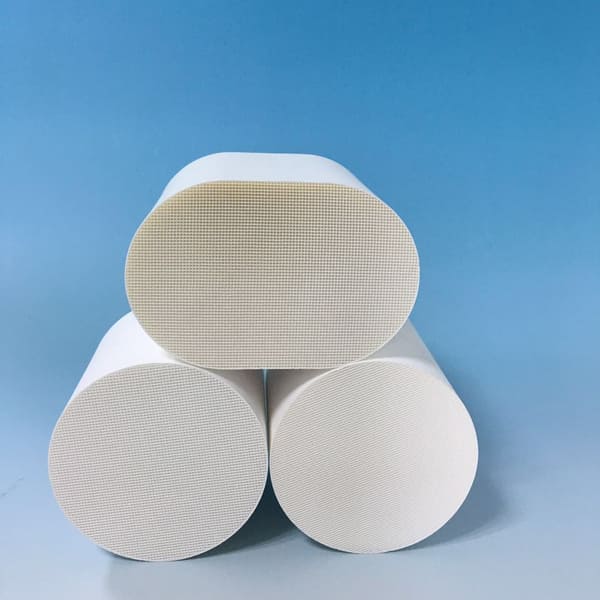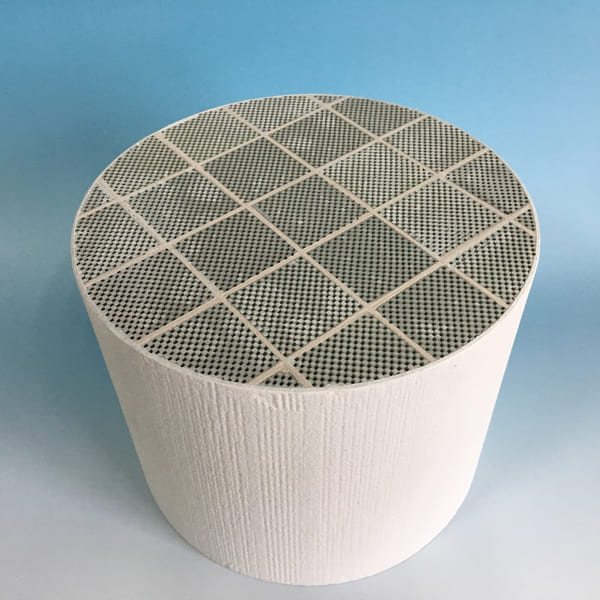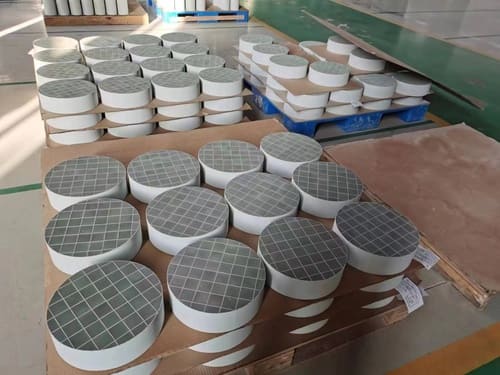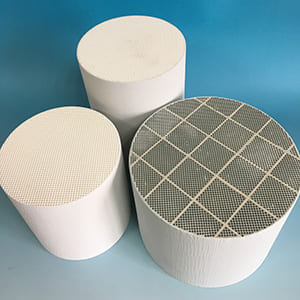Is smog becoming a regular backdrop in your city’s skyline? Do you feel a tingling discomfort in your throat after walking on busy streets? Do the statistics on air pollution make you wonder if you are living on the same planet you grew up on? If these thoughts resonate with you, read on.

Ceramic honeycomb technology has become a front-runner in the fight against air pollution. These seemingly simple structures have astonishing capabilities—from high surface area to chemical resistance—that make them ideal for trapping harmful pollutants in both industrial and automotive emissions. They’re not just an innovation; they’re becoming a necessity.
Curious to find out more? Keep reading to discover how ceramic honeycomb can be our ally in combating air pollution.
What Constitutes Air Pollution, and Why is it a Concern?
Air pollution comprises various harmful substances and particulates released into the atmosphere. According to World Health Organization reports, it’s directly linked to a host of health problems such as respiratory issues and even premature death.

How Do Ceramic Honeycombs Capture Pollutants?
These filters are known for their high surface area, which enables them to capture a significant amount of pollutants. Such as DPF and GPF, they can trap various types of pollutants, including harmful gases and particulates. Scientific journals have detailed studies proving their efficiency. And after a washcoat is applied that deposits oxides and catalyst(s) (most commonly platinum, palladium, and/or rhodium) on the walls of the holes in ceramic honeycombs, it can catalytically oxidize exhaust gas at a certain temperature.
Are All Ceramic Honeycombs Equally Effective?
The effectiveness of a ceramic honeycomb filter varies depending on its composition and design. Studies show that the type of ceramic used and the configuration of the honeycomb can impact its pollutant-capturing capabilities.
Can Ceramic Honeycombs Withstand Harsh Conditions?
One of the standout features of ceramic honeycombs is their thermal stability and chemical resistance, which means they can be used in a variety of settings—from factories to car exhaust systems—without degrading. Data supports this durability across various harsh conditions.
What are the Limitations of Using Ceramic Honeycombs?
While effective, they are not a ‘one-size-fits-all’ solution. Issues like pore size, material composition, and maintenance requirements can influence their efficacy. However, industry insights provide guidance on overcoming these limitations.
How are Regulatory Bodies Responding to Ceramic Honeycomb Technology?
Given their effectiveness, regulatory bodies around the world are beginning to endorse the use of ceramic honeycombs in various sectors. EPA guidelines and EU standards are starting to include such technologies in their recommendations.

Conclusion
Ceramic honeycombs are shaping up to be a cornerstone in our fight against air pollution. Their versatility, effectiveness, and growing endorsement from regulatory bodies make them more than just a technological innovation—they’re our next line of defense against a growing global crisis

